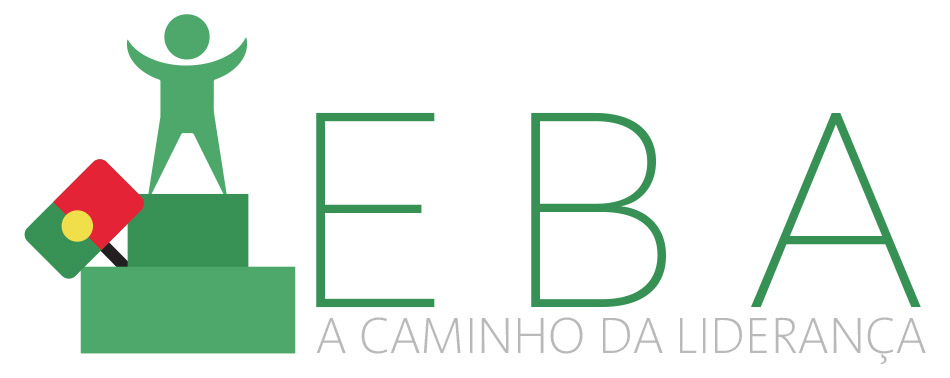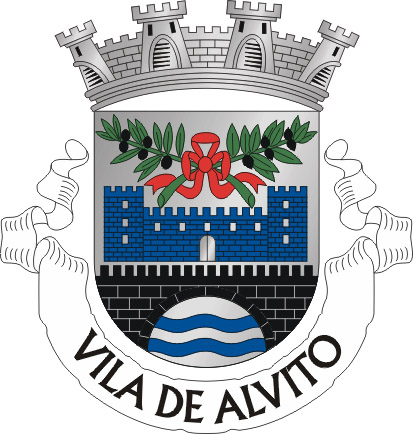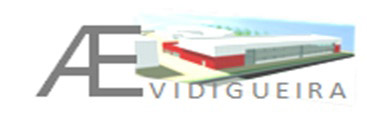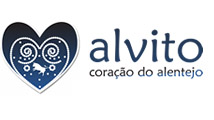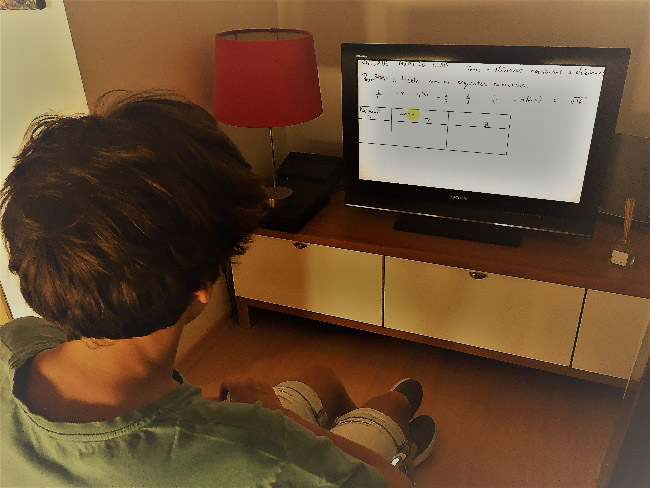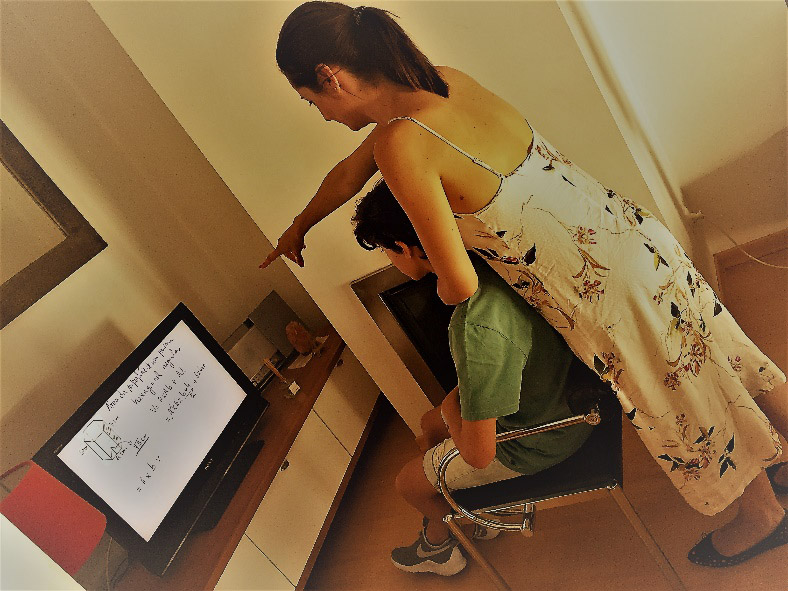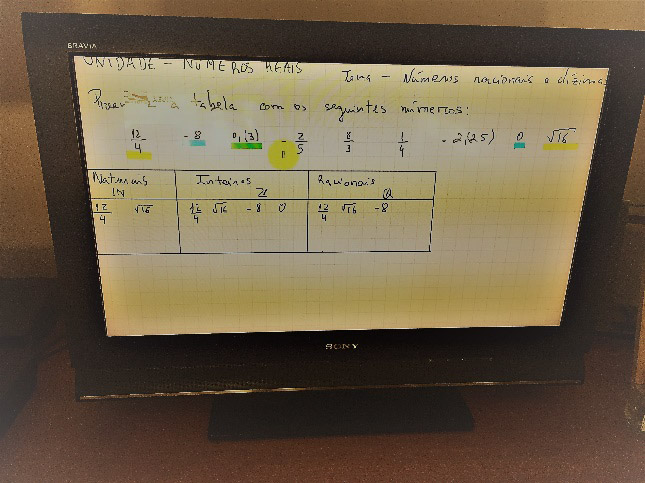- Supported by Programme: Erasmus+
Key Action: KA1
Action Type: Consortium Mobility for Learning Purposes
Portuguese Partners involved in the project:
- Câmara Municipal de Alvito
- Agrupamento de Escolas de Alvito
- Agrupamento de Escolas de Vidigueira
- Agrupamento de Escolas de Cuba
-
How did the idea to start the project emerge?
The idea for this project emerged from the need to update pedagogical practices which, in many European countries, are outdated and far from the current reality of the new ‘cybernaut’ generation of students. There is an urgent need for teachers to update knowledge in ICT in a simple but effective way in order to keep up with the three trends that define the future of teaching and learning (Huffington Post, 2011): Collaborative, Tech-powered and Blended. This innovation: the technique of “interactive class samples” will allow a different approach and, subsequently, a direct interaction between students and teachers, allowing the teacher to better manage their classroom, having a concrete idea, through a common platform, choosing an appropriate level of learning, and personalizing the teaching according to the different needs of the students.
The innovation that the project introduced is based on 4 assumptions:
- Teachers and students learn together and from each other by using techniques similar to the “Khan Academy”: teachers create interactive lessons, give assignments and track progress of students using platforms such as Educreations, Vittle, etc;
- Students learn at their own pace and also through Flipped Classroom;
- Parents are connected with teachers, helping to improve the academic performance of their children;
- Television can be an effective way for students to learn pedagogical / programmatic content
- What is innovative?
This project is innovative because it is a new technique that can improve the process of teaching and learning in the schools involved and easy to disseminate through different institutions. This pilot project aims to increase the capacity of teachers in handling ICT and provide students with a useful tool for accessing knowledge in a personalized way. Thus, the teachers leave a legacy of teaching samples for future generations of students of that institution and eventually across the country and students learn the disciplines effectively and with greater probability of educational success.
The great advantage is that students can watch lesson summaries on television, allowing parents to be involved in the study of their students.
- Competences developed
Expected impact on the young people participating in the project:
- Increased level of digital competences;
- Increased motivation and better educational results;
- Improved team working and communication skills;
- More employable.
Expected impact on the teachers and youth workers participating in the project:
- Improved ICT skills;
- Improved communication and English language skills;
- Improved ability to teach and engage with young people;
- Increased ability to work collaboratively;
- Greater ability to identify and engage students at risk of dropping out;
- Broader understanding of practices, policies and systems in education, training or
youth across countries; - Greater understanding of interconnections between formal, non-formal
education, vocational training, other forms of learning and labour market
respectively; - Increased opportunities for professional development;
- Increased motivation and satisfaction in their daily work.
Expected impact on parents:
- Feel included in the academic life of their children;
- Parents are informed about the progress of their children;
- Sense of worthiness for having supported their children and their children’s
eachers.
Expected impact on the participating organisations:
- Adoption of new innovative techniques in the institution;
- New European dimension in the institution;
- Greater understanding and responsiveness to social, linguistic and cultural
diversity; - Recognition of blended learning as a way to motivate students and reduce early
school leaving; - Achievement of high quality youth work;
- Improved organisational performance.
To get to know the project follow this link (to acess online the TV Channel viewers need to register first)
Some samples on Youtube:
Números Reais 02 Matemática 8°Ano Escolaridade
Reunião e Interseção 2 intervalos Matemática 9°Ano AEVID
Área 2 Conteúdos Matemática 2°Período AEVID
Circunferência 1 Matemática 2 período AEVID
Volume 04 Matemática AEVID 2°Período
Polígonos 2 Conteúdos Matemática Aevid
Números Reais 02 Matemática 8°Ano Escolaridade
